They are in the ground, they are on the trees; some are tiny, some large; some are soft while others are hard; some look like corals while some resemble clubs; some are dully coloured while some are brightly coloured; some are delicate, some robust; some look like stars and some like a bird nest; some glow in the dark while most don’t. You must be wondering what I am referring to… fungi indeed!
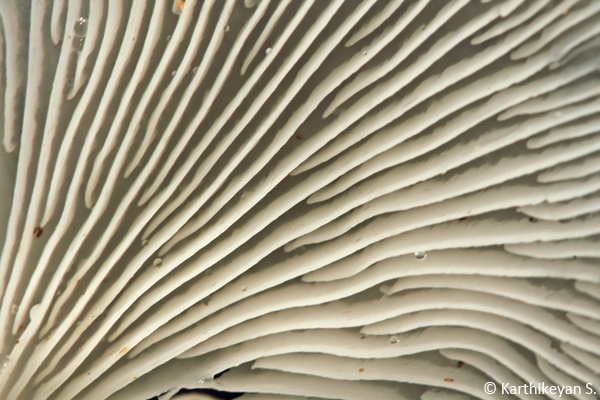
Most of us are familiar with the delicate little nondescript mushrooms that raise their heads from the soil during the rainy season or perhaps the mould that often causes food to go bad. Most of these disappear in a few hours or in a few days.
What is visible to the naked eye as mushrooms, toadstools and other forms are essentially fruiting bodies of various species of fungi. Though we see most fungi for a very brief period, they are very much alive even after the ideal fruiting conditions are gone. Invisible to us, they are there – pretty much everywhere – in the soil, or tree trunks, on leaves, etc.
Fungi have very intricate and interesting associations with a host of other organisms in their environment. Humans share important relationships with fungi too!
For many of us, it may come as a surprise when I say that the largest organism on planet Earth is a fungus indeed. This giant, popularly called the Honey Fungus, is spread over an area of about 9.5 sq. km. Experts say it could be anywhere between 1900 to 8650 years old!
Not just that. Fungi are found across the globe. They have been recorded in all kinds of environments including some in very harsh extreme conditions – each species adapted to its habitat. This makes fungi an extremely large and diverse group of organisms. So much so that scientists estimate a whopping 1.5 to 5 million species! So far they have managed to describe and name only about 75000 species, around 15000 of them being reported from India.
Here’s to celebrating fungi – their beauty and diversity!
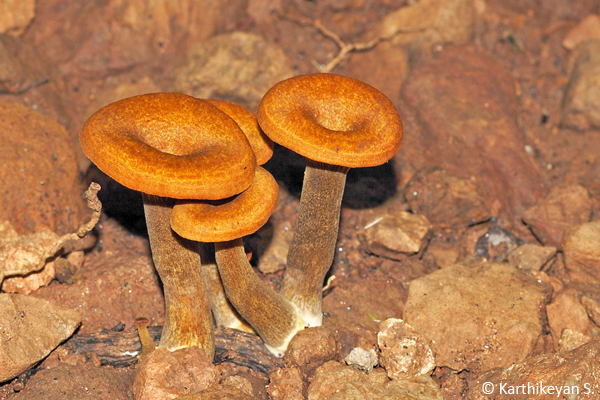
Omphalotus sp. – a fungi growing on the forest floor.
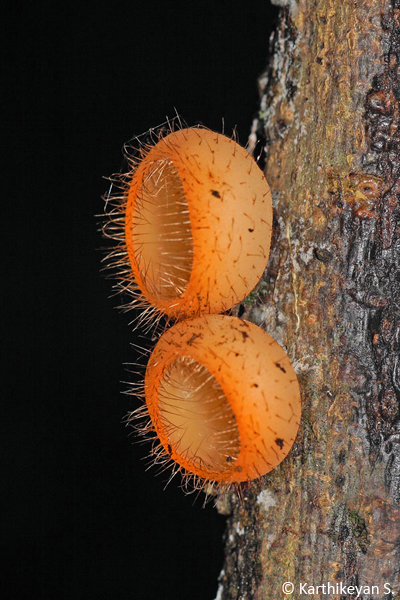
Cookeina sp. – A dainty cup-like fungi that grows on trees.
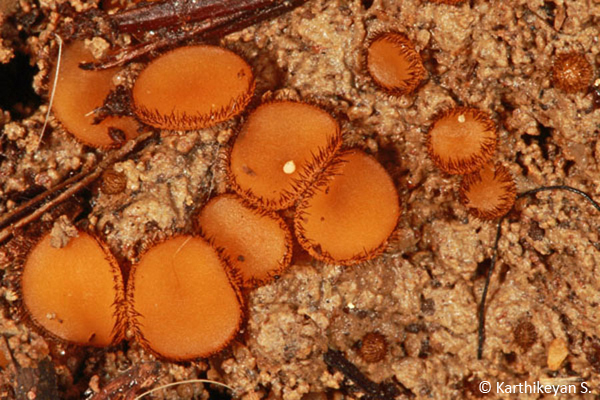
A tiny fungus growing at the base of a tree in my garden.
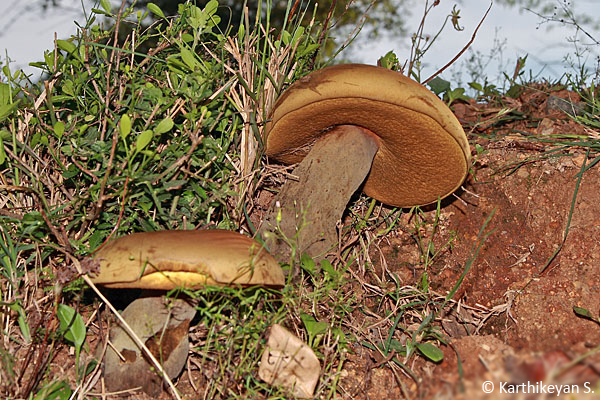
This one was huge indeed. Photographed in Bannerghatta, this was the size of a human head!
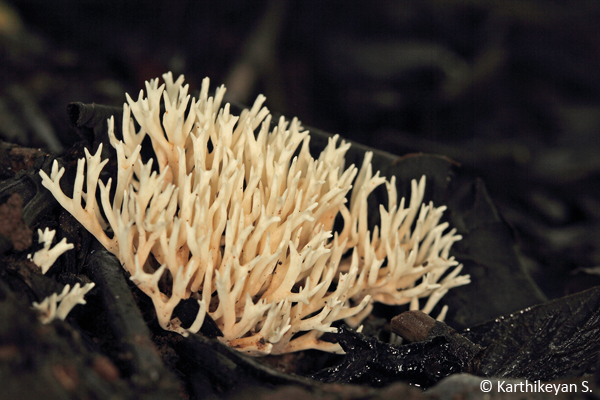
Coral Fungi (Clavaroid fungi) Clavaria sp. – growing on the forest floor in high rainfall areas.
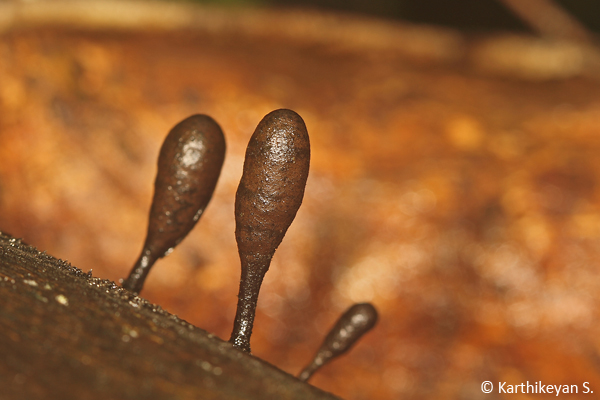
Club Fungi Xylaria sp. – seen often growing on trees.
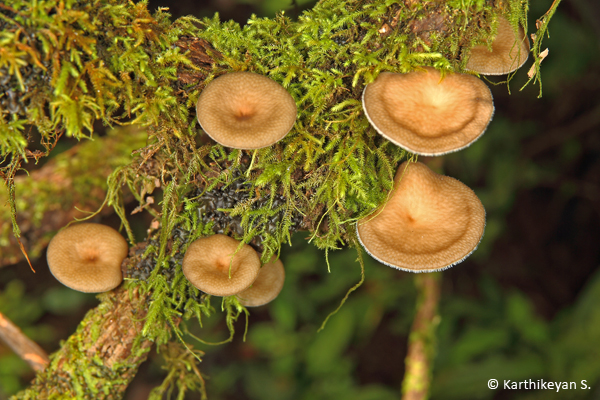
Small dull brown fungus growing amid moss photographed in Goa.
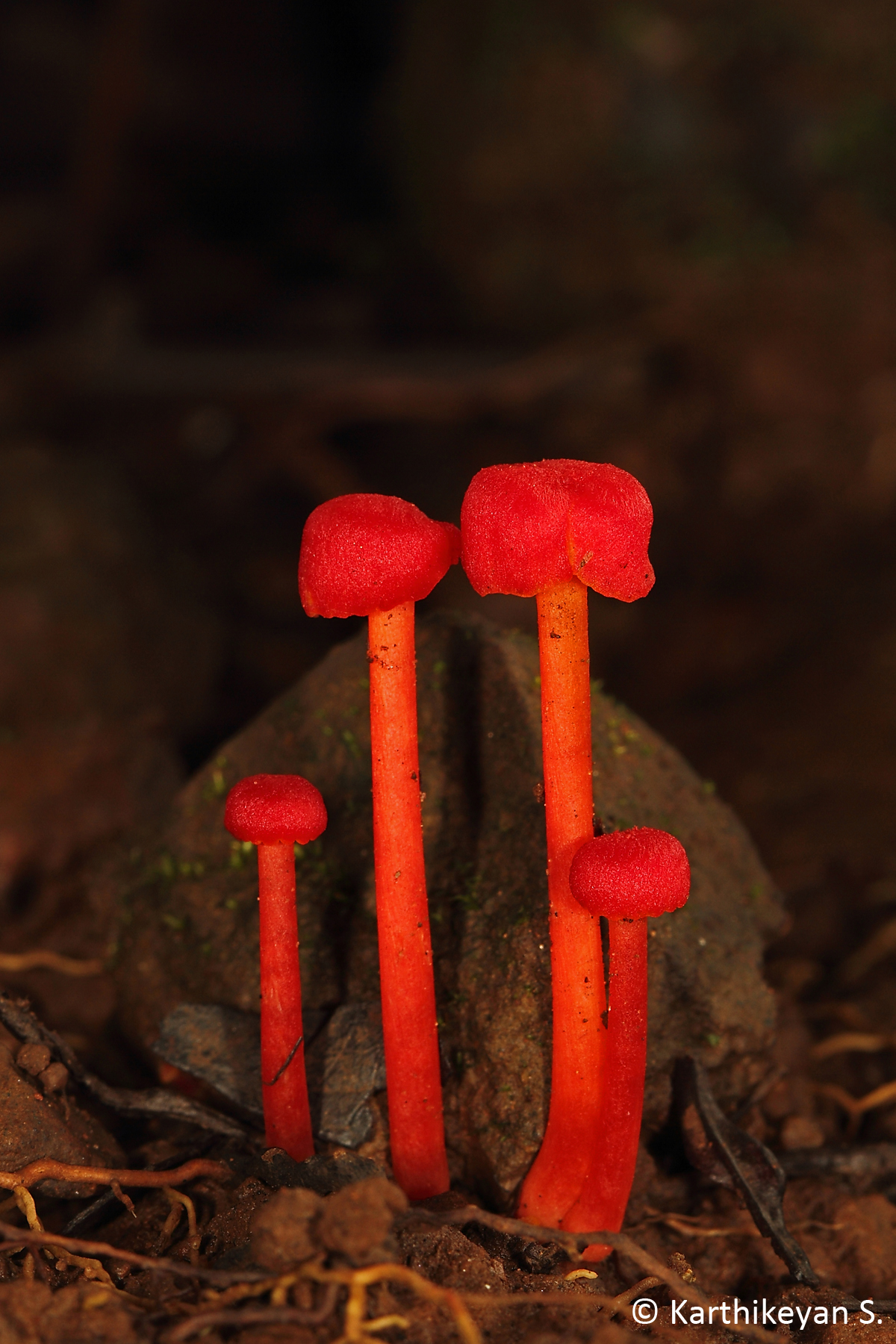
Lovely red fungi that grows on the forest floor in heavy rainfall areas – Hygrocybe sp.
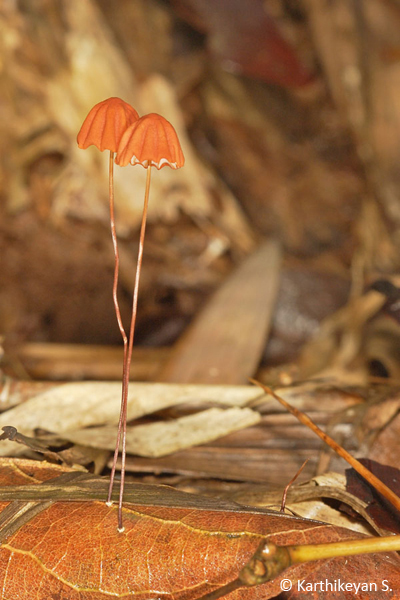
Absolute delight. This dainty and delicate fungus that make do with even as little as a rotting leaf on the forest floor – Marasmius sp.
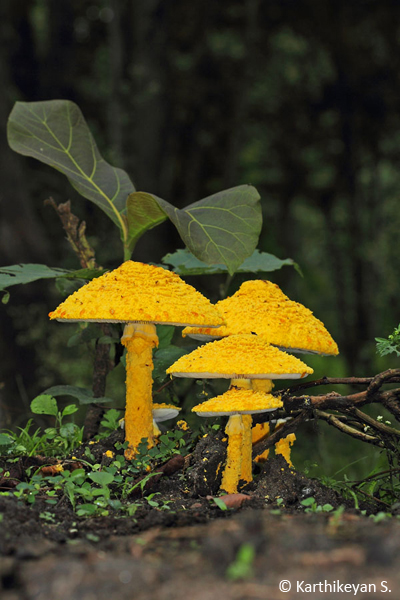
This large and robust fungus seen and photographed in moist deciduous forests during monsoon.
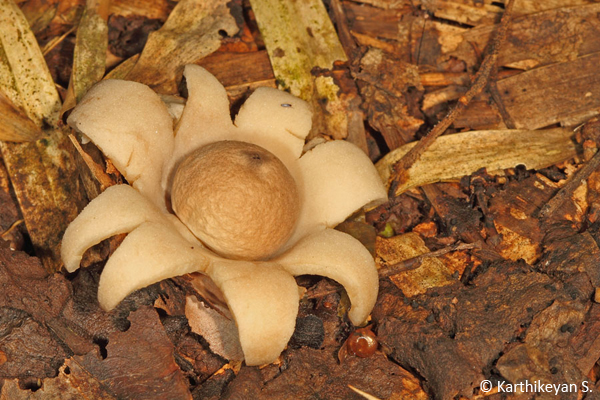
Earth Star Geastrum sp., River Tern Lodge, Bhadra. In recent times, I have seen them in Bangalore too! For more about the Earth Star.
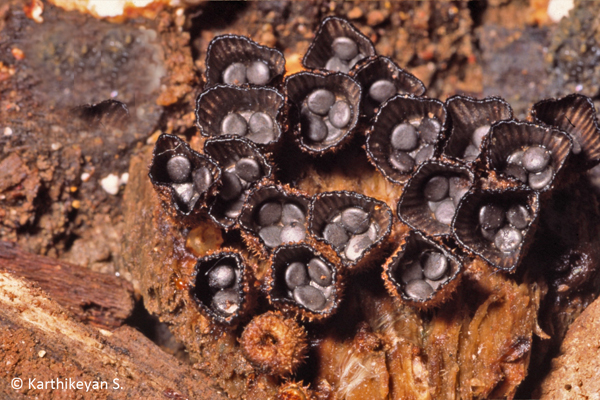
The fascinating Bird’s Nest Fungi, Cyathus sp., not only occurs in Bangalore but also in heavy rainfall areas like Agumbe. More about the Bird’s Nest Fungi.
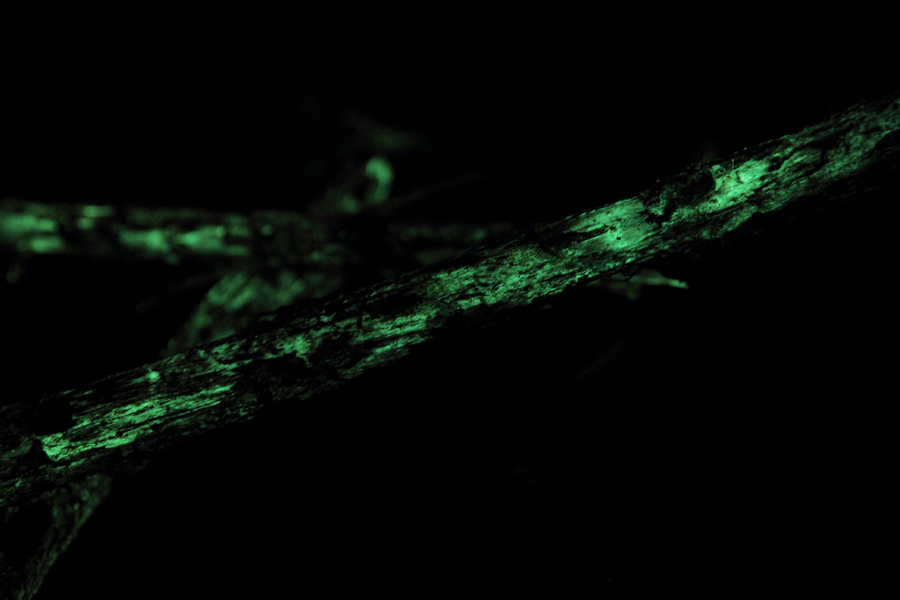
Bioluminescent fungi in the dark! Read more about these glowing beauties.